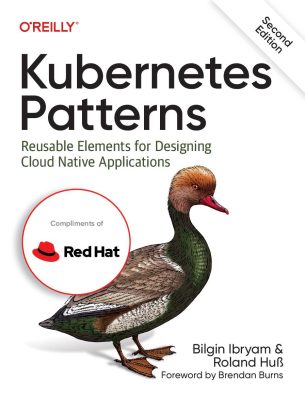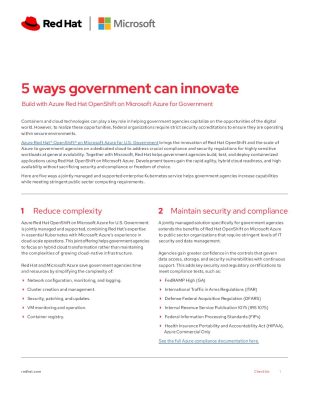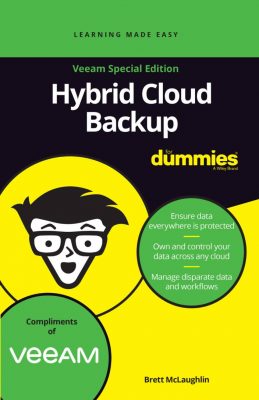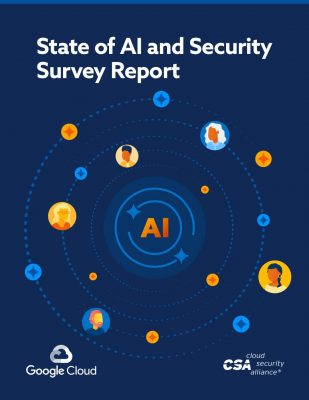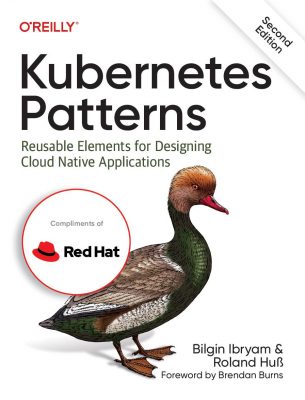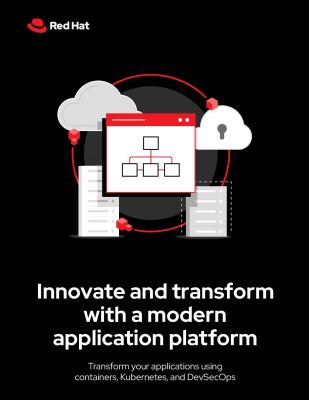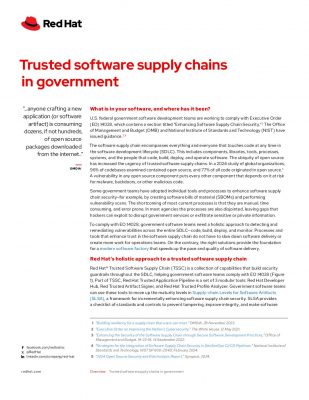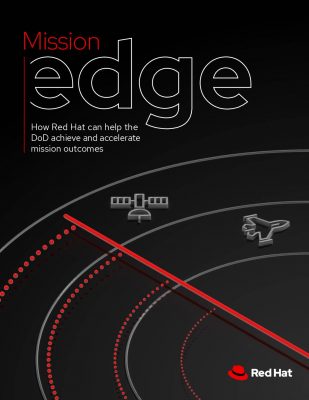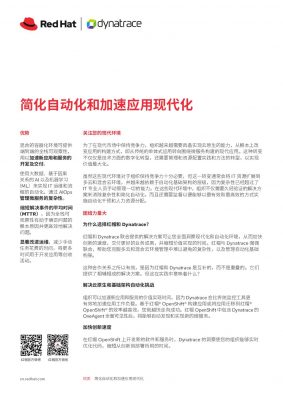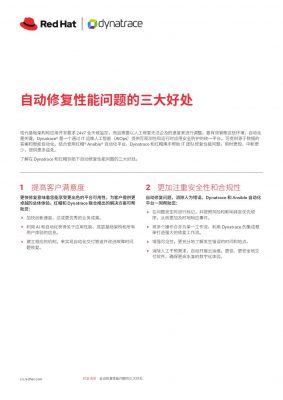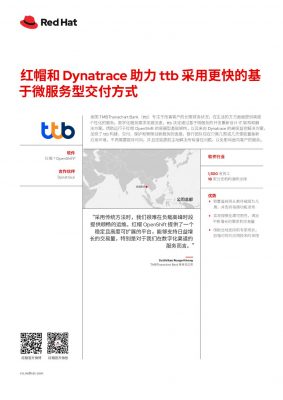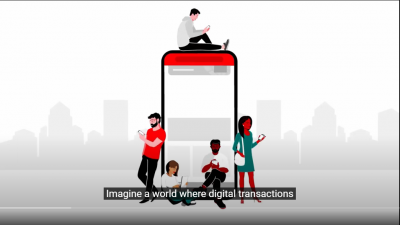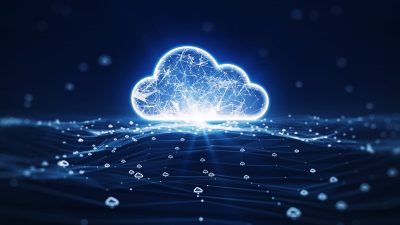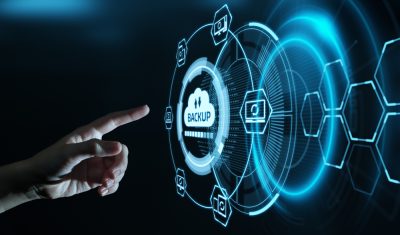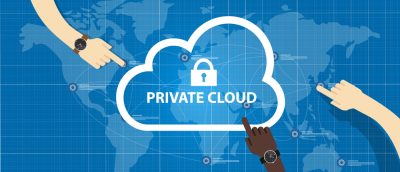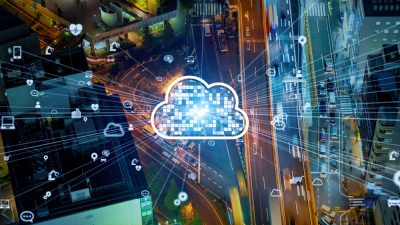Highlights:
- With its scalability, simplified management, and cost-efficiency, HCI has become increasingly popular for supporting end-user computing environments.
- Leveraging cloud services for EUC involves hosting applications, data, and computing resources on third-party cloud platforms like AWS, Azure, or Google Cloud.
In the era of digitization, technology holds a crucial position in virtually every aspect of our daily existence. End-user computing (EUC) spearheads this technological transformation, molding how individuals engage with technology. From traditional desktops and laptops to the ubiquity of smartphones and tablets, computing remains constantly evolving, exerting its influence on businesses and individual users.
This computing technology refers to the range of technologies and practices that enable non-IT professionals to utilize computing resources and applications efficiently. It encompasses a variety of devices, cloud-ready operating systems, applications, and services that empower users to accomplish their tasks effectively, often without requiring technical expertise.
End-user Computing in a Hybrid Work Environment
The role of computing in a hybrid work environment has become pivotal. It acts as the linchpin that facilitates seamless collaboration, communication, and productivity between remote and in-office workers.
It enables employees to access essential applications, data, and tools regardless of location or device, fostering flexibility and efficiency. Moreover, with the integration of cloud-based backup, virtualization, and collaborative platforms, end-user computing solutions empower teams to collaborate in real-time, share resources, and maintain consistent workflows, ensuring a cohesive work environment despite physical distance.
As hybrid work models become increasingly prevalent, the adaptability and accessibility offered by end-user computing services are instrumental in supporting the evolving needs of businesses and their workforce.
The hyperconverged infrastructure has emerged as a pivotal player, redefining the efficiency, scalability, and management of computing environments.
Rise of Hyperconverged Infrastructure for End-user Computing
The rise of hyperconverged infrastructure within the realm of computing has been nothing short of transformative. HCI amalgamates computing, storage, and networking into a unified, software-defined platform, revolutionizing how organizations manage and deliver computing resources to end-users.
With its scalable nature, HCI has become increasingly popular for supporting computing environments. By integrating virtual desktop infrastructure (VDI) and other end-user computing applications onto a consolidated platform, HCI optimizes resource utilization, enhances performance, and simplifies deployment and management tasks.
This convergence not only bolsters the agility of computing environments but also lays the foundation for scalable and resilient infrastructures catering to the ever-evolving demands of modern businesses.
With a spectrum of deployment models available, navigating the diverse landscape of alternatives becomes essential for tailored, seamless user experiences.
End-user Computing Deployment Options
There isn’t a singular method for EUC that fulfills the requirements of every enterprise. Instead, there exists a range of potential deployment models available for selection:
-
On-premises
This traditional approach involves hosting all end-user computing tools within the organization’s physical premises, including hardware, software, and infrastructure. It offers complete control over data, security, and customization but requires substantial hardware investments with frequent maintenance and support.
-
Cloud
Leveraging managed cloud services for EUC involves hosting applications, data, and computing resources on third-party cloud platforms like AWS, Azure, or Google Cloud. End-user access to cloud computing offers scalability, flexibility, and reduced infrastructure overhead. Users can access applications and data from anywhere with an internet connection, promoting mobility and collaboration.
-
Hybrid
Combining elements of on-premises and cloud-based solutions, a hybrid approach allows organizations to retain specific applications or sensitive data on-premises while utilizing cloud resources for scalability and flexibility. It offers a balance between control, security, and the benefits of cloud platform adoption.
-
Virtual desktop infrastructure (VDI)
VDI enables the hosting of desktop operating systems and applications within virtual machines on a centralized server. Users access these virtual desktops remotely, providing flexibility, centralized management, and better security. VDI can be implemented on-premises or in the cloud.
Within the sphere of end-user computing, the management and allocation of data storage resources stand as fundamental pillars. Computing storage encompasses the strategic orchestration and administration of data repositories.
End-user Computing Storage
User computing storage refers to allocating and managing data storage services within the context of computing environments. It encompasses the storage solutions and architectures used to store and manage data accessed by end-users, including files, applications, configurations, and user profiles.
Storage solutions for computing commonly involve a blend of on-premises storage devices, network-attached storage (NAS), storage area networks (SAN), cloud storage, and other technologies. Efficient storage management is crucial in ensuring seamless access to data, optimizing performance, maintaining data integrity, and supporting scalability while addressing security and compliance requirements.
Balancing the demands for accessibility, performance, and security is critical in designing computing storage solutions that cater to the diverse needs of modern organizations.
End-user computing managed services offer many advantages that revolutionize how individuals interact with technology. From enhanced flexibility to streamlined accessibility, the benefits empower users and organizations alike.
Benefits of End-user Computing
Exploring the following merits unveils a space where technological empowerment meets accessibility, revolutionizing how individuals interact with digital resources:
-
Business continuity
The paradigm shift to remote work, engaging hundreds of millions of individuals, has necessitated reliance on personal devices due to restricted or absent access to the company’s basic hardware support. Standing among the primary end-user computing benefits, it assists in ensuring business continuity, enabling employees to access essential business applications and data on their devices seamlessly.
-
Security
EUC services and applications are centrally administered, housing data and desktops in the cloud and transmitting only pixel streams to endpoint devices, preventing sensitive data downloads onto user devices. Incorporating multi-factor authentication further mitigates risks associated with unauthorized data access in scenarios involving lost or stolen employee devices.
-
Agility
Cloud-based end-user computing solutions significantly enhance agility by facilitating immediate scalability and simplifying the deployment and management of secure virtual desktop infrastructure. Rapid releases of new software and tools or transformation of existing applications into Software-as-a-Service (SaaS) are executed more efficiently than traditional on-premise systems. Additionally, EUC streamlines oversight of migrations and deployments.
-
Cost savings
Centralized desktop and EUC management in the cloud proves to be more cost-effective for enterprises. Managing and installing applications in a singular location reduces management complexity and expenses. The ability to add or remove users on demand, coupled with pay-as-you-go models, eliminates the need for excessive hardware and licenses catering to peak user capacities.
-
Testing
End-user computing environments provide an optimal setting for swift prototyping and testing. Organizations can efficiently introduce new tools to employees on a large scale, promptly assessing their efficacy and user-friendliness. EUC’s flexibility allows for rapid adjustments in design and structure, facilitating efficient testing campaigns.
Takeaway
End-user computing continues to evolve, enabling individuals and businesses to harness the power of technology for enhanced productivity, collaboration, and innovation. Embracing emerging trends while mitigating associated challenges will substantially shape a future where end-users seamlessly interact with advanced computing technologies.
End-user computing infrastructure reflects the ever-changing technological landscape, offering a glimpse into a future where technology continues to empower individuals and organizations worldwide.
Explore our exhaustive collection of cloud-related whitepapers to dig deeper.
